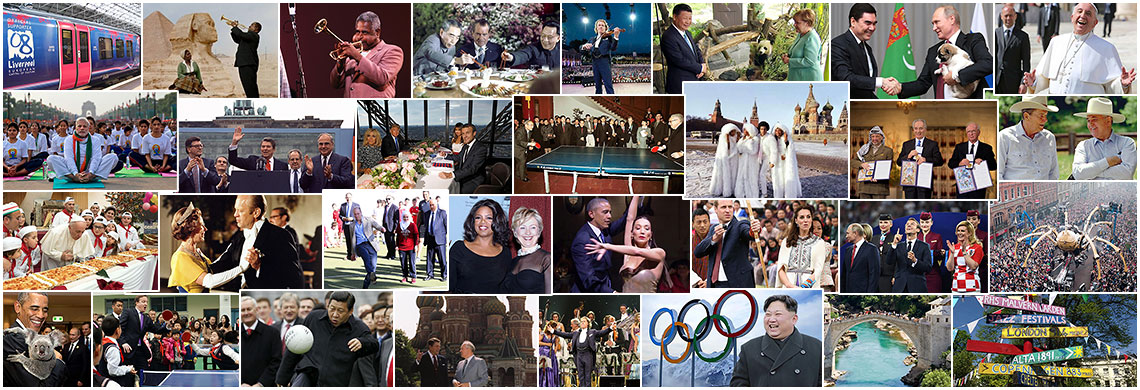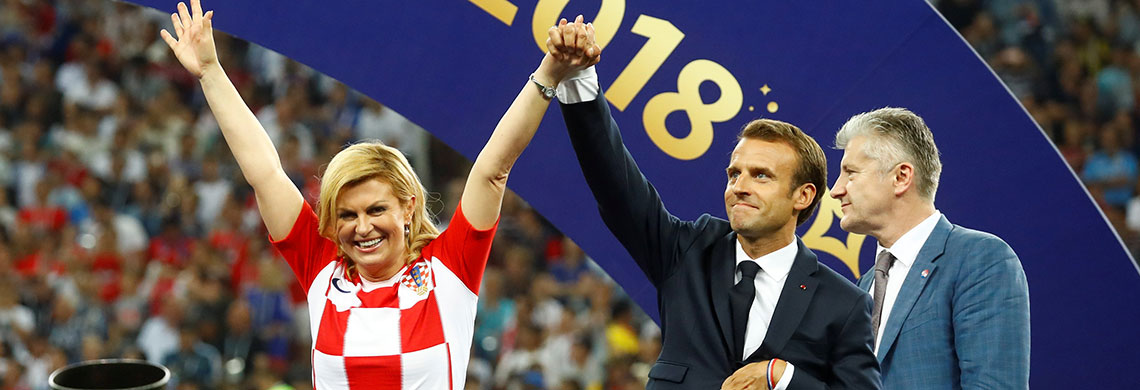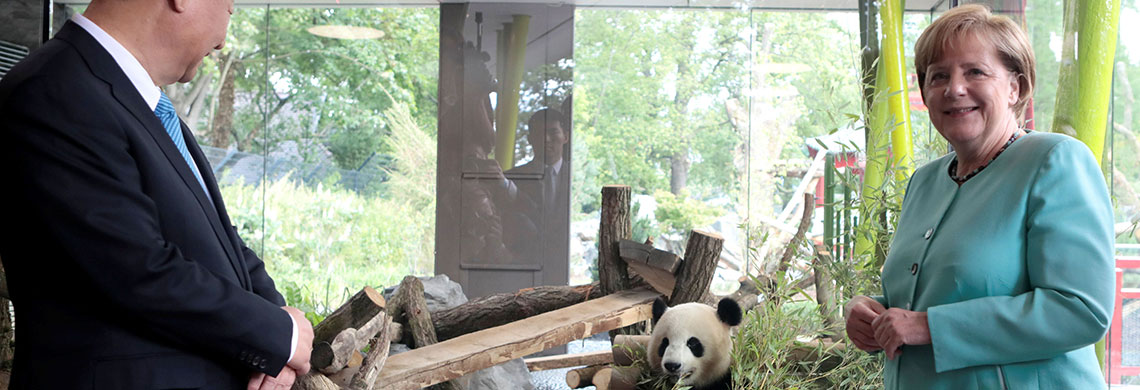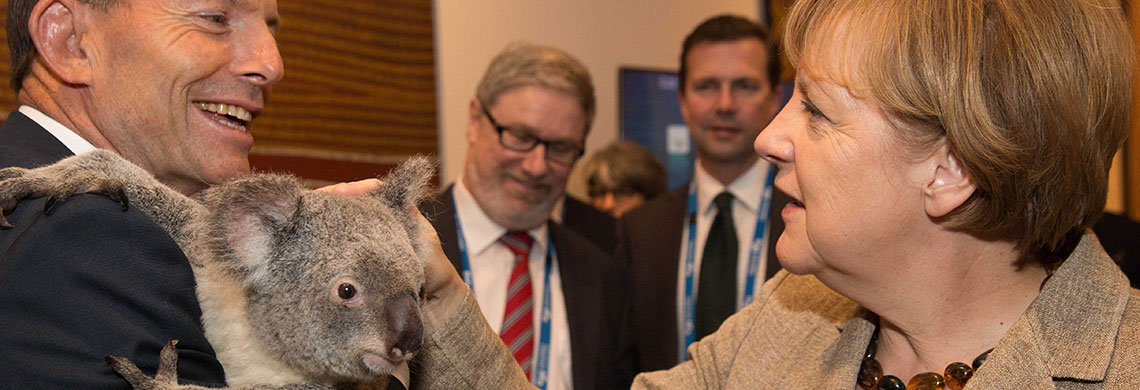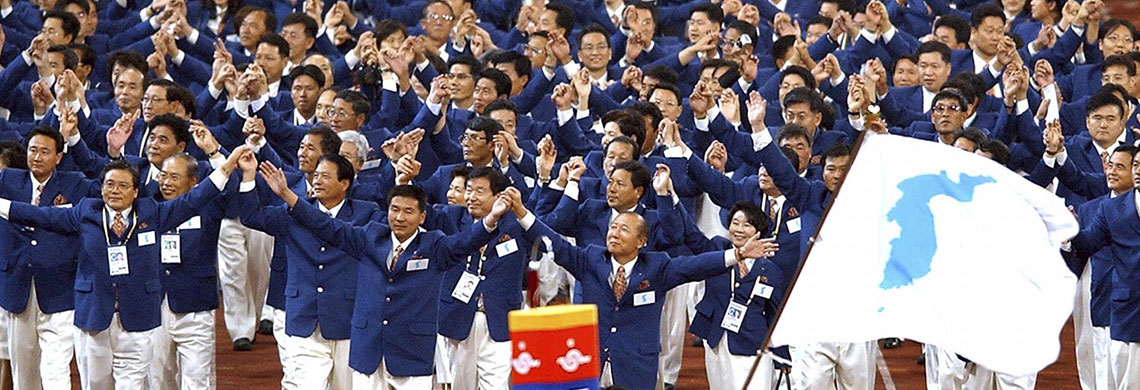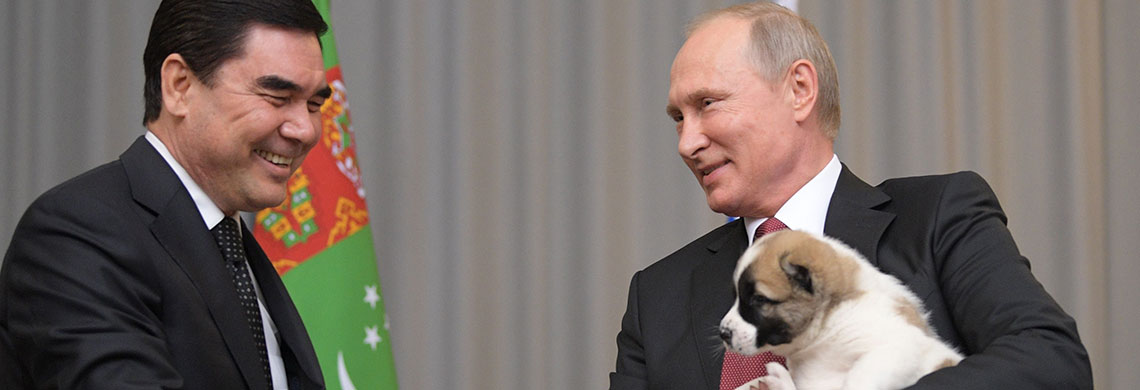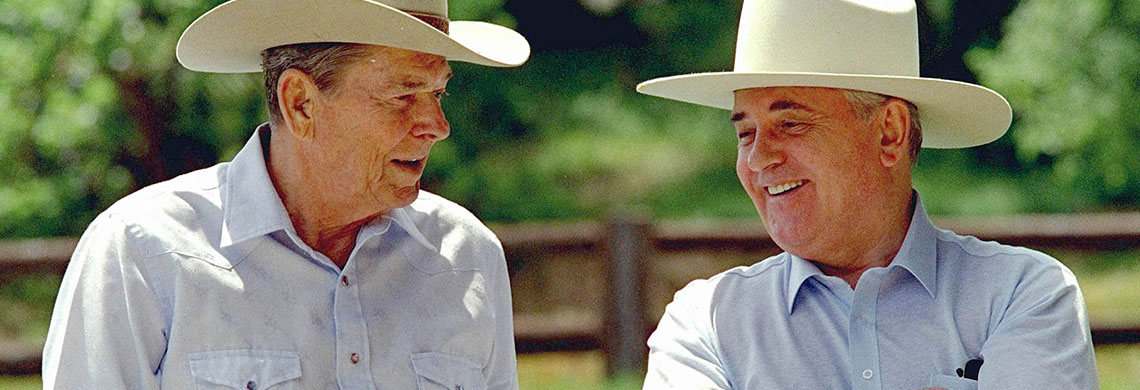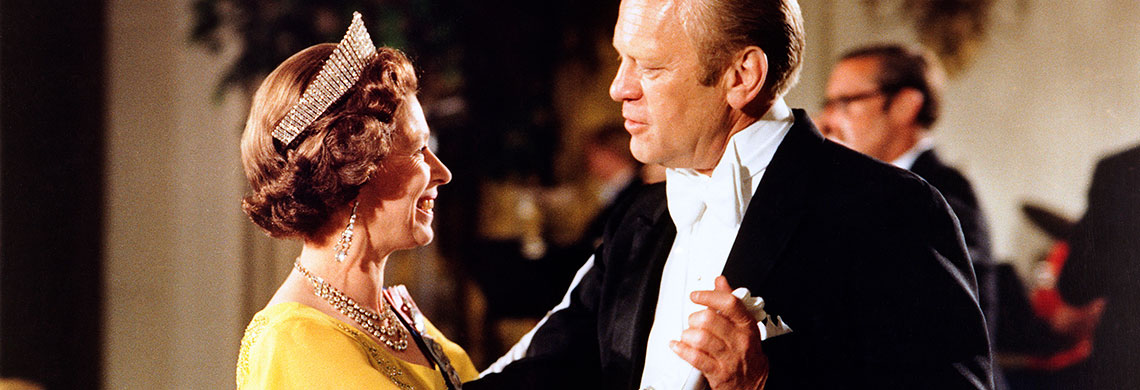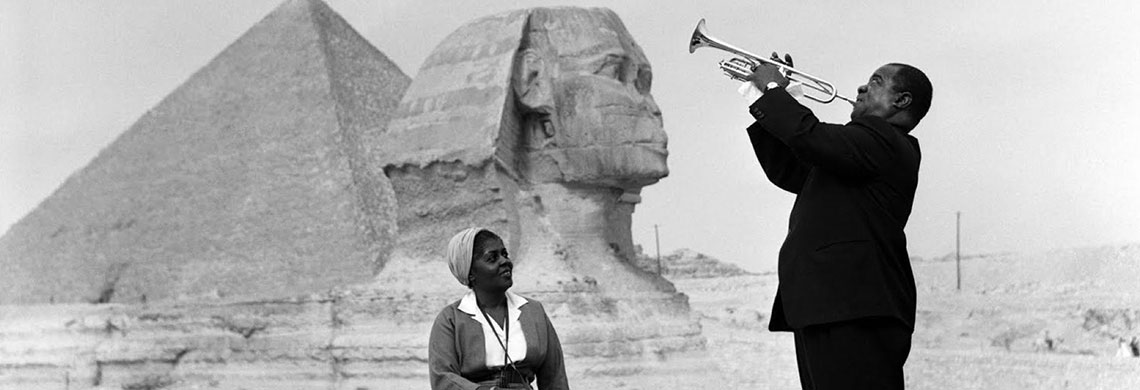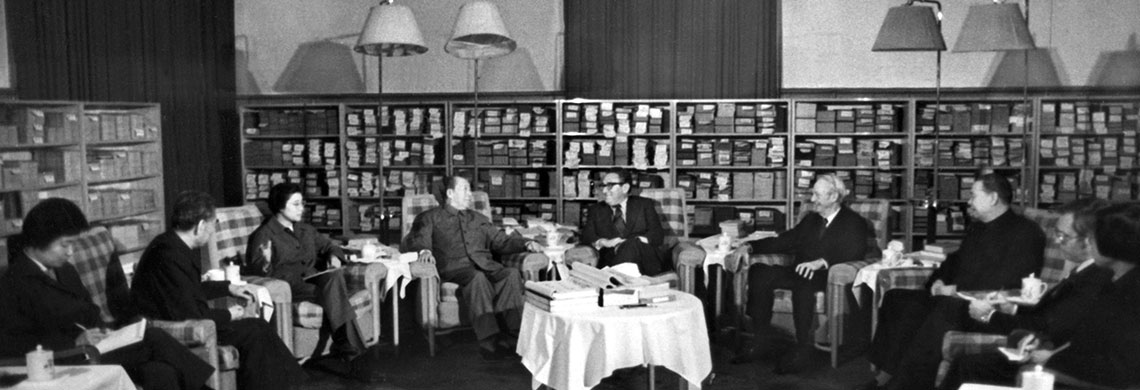Insights from the Comparison of the “Belle Époque” & The Modern Times since the Fall of the Berlin Wall & the Cultural Diplomacy Effect
(Vilnius; November 18th, 2022)
*The Article was written and edited by the ICD Academy Team (Maria Asklund, Natalie Thelin, Emily Ball, Emily Craig, Constantinos Georgiou, Amanda Santi Aguilar) & Mark Donfried
Historically the Belle Époque era, was a time period of intra-European peace, starting in 1871 with the signing of the Prussian peace treaty, and ended in 1914 with the start of the First World War. During this period European states, in particular France, Germany and the United Kingdom, have experienced considerable growth and prosperity. The Belle Époque also saw the rise of nationalism in Europe. This period was characterised politically by the arms race, imperialism, colonialism and nationalism, as well as the development and promotion of democracy.
In terms of European history, 1989 has been described to be the most important year since 1945. Not only did communism largely cease to exist on the continent, but the fall of the Soviet Union also took place. In the long run, these “Modern Times Since the Fall of the Berlin Wall” would see the German unification, a stronger European Union and the enlargement of NATO. The borders within Europe changed and rapid economic growth took place. All around, the democratic message of 1989 continued to positively influence this period, although Europe would see horrifying happenings such as the Balkan Wars in its outskirts. A clear take-away was that capitalism had won over communism and that this would liberate many, but also stir up conflicting feelings.
The modern times that have started with the fall of the Berlin Wall in 1989 and lasted until February 2022 with the launch of the Russian war against Ukraine (which be henceforth referred to in the article as the “Quiet Years”) have been relatively peaceful. Whilst it is easier to characterise, categorise and understand the past in hindsight, arguably the Russian invasion of Ukraine is a turning point for the end of the Quiet Years.
What has characterised modern times has been peace on both Western and Northern European soil together with economic growth, in a similar way to the Belle Epoque. The characteristics of the Quiet Years since the Fall of the Berlin Wall, and in particular the way this time period has ended are reminiscent in many ways of the Belle Époque, taking place roughly 100 years before.
***
Alongside the peaceful aspect of these two periods are several factors that show similarities. Intra-European peace is one of the largest similarities between the two periods, and both periods’ belief of eternal peace was interrupted seemingly abruptly.
The Belle Époque is commonly viewed as a period in between two wars, however this view does not take the political and social instability in the Balkans and of the subjugated states in Africa and Asia, nor the social tensions within nation-states into account. Although broadly speaking, the two eras are similar in that regard. The ‘Quiet Years' are often labelled as an intra-European peaceful period, however with the fall of the Soviet Union in 1991, social instability in the newly formed states created revolutions and civil wars particularly in Eastern Europe. This, in turn, resulted in new borders and a new European order. Socio-political tensions during the ‘Quiet Years' have prevailed in Africa, the Balkans, Afghanistan, Iraq & the Arab World, and growing terrorism starting with the 9.11 attack in NYC.
Despite these tensions and the persisting conflicts of the post-Soviet era, states within Europe did not encounter any major disputes, although there were tensions and a latent conflict in Georgia and Ukraine. The same is true for the Belle Époque. Even though Europe did not experience any manifest conflicts within its borders, there were intra political tensions such as between the Austro-Hungarian Empire and Serbia as well between the German Empire, the British Empire and the French Third Republic. These tensions resulted in a significant arms race, which has complicated things further. Extra-European conflicts were also common. The conflicts at the time were the 5th October, 1910 revolution in Portugal, a latent one between the UK and Portugal in southern Africa, and a couple of manifest ones between Italy and Ethiopia, Greece and Turkey, and Italy and Turkey, to name a few. To conclude, the ’peace' that was in the two eras was disturbed by socio-political tensions and latent conflicts that eventually erupted into manifest ones.
The rise of nationalistic sentiments is a similarity in both of these periods, despite being around 100-120 years apart. During the Belle Époque this was fuelled by linguistic diversity and the subsequent forming of the national states (Germany 1871, Italy 1861). During the Quiet Years, we saw a return to nationalistic values, especially noticeable with the rise of far-right parties. During the Quiet Years and still today, the purpose of nationalism is largely to create a distinction against “the other”. With the migration crisis of 2015, numerous large groups of Muslims came to Europe and were perceived as a threat to the so-called European way of life and culture. The negative reactions to this may be compared to the systematic racism that was deeply rooted in Europe’s societies of the Belle Époque.
Western nations saw rapid economic expansion and significant scientific and political advancement such as in the area of human rights during the Belle Epoque. These changes improved quality of life for the majority of Europeans, so these years are frequently associated with optimism and stability. Since countries were able to rapidly industrialise as a result of this stability, the period is also referred to as the Second Industrial Revolution. An improvement in the production of steel, which resulted in a decrease in the cost of the material, was one of the primary factors that contributed to industrialisation. A result of this industrialisation was the growth of large cities. New machinery and fertilisers made agriculture more productive. As a result, there was less need for human labour, which in turn made jobs in production more attractive, particularly as wages for factory workers rose. Looking at the gross domestic product [GDP] of 1989 and 2021, Europe experienced exponential economic growth, which may in part be due to the creation of the European Union as the EU was created to aid economic progress through trade between European states. The GDP of the EU has more than tripled since the fall of the Berlin Wall. Furthermore, technological advancement was a great factor for the economic growth in Europe in both eras, as the invention of telegraph in the Belle Époque made communication easier and more efficient over long distances. In the Quiet Years the mobile phone and later Internet were made available, which had a great impact on both communication and global trade.
During the Quiet Years, questions regarding the environment and climate protection became more and more urgent and thus discussed. In fact, this concept was also begun to be discussed, during the Belle Époque. At this point, nature conversation, wildlife protection and pollution caused by the Industrial Revolution were focused on (Britannica). In addition, scientific organisations were created to study biology and eco-systems. One example is the establishment of national parks in Sweden in 1909. During the Quiet Years, these questions were discussed because of their grave urgency. In 1992, the United Nations held the “Earth Summit” where framework for climate action was formed (UN). More and more, this discussion would be deepened and finally explode with formations of civil movements and large demonstrations in the 2010’s. The creation of national parks in the early 20th century highly indicates so, but today we see that the Ukraine war is connected to climate in the discussion of clean energy production that is a demand not only because of climate-reasons, but also because of EU energy dependency on Russia.
Another similarity on a more positive note is the progressiveness of the two eras regarding gender equality and the flourishing of the LGBTQ+ scene. While womens´ rights to vote in Europe was implemented shortly after the end of the Belle Époque, a lot of the work leading up to this point took place during the era. Similarly, much has happened during the Quiet Years. Perhaps because times were so peaceful, women’s' issues could be focused on so much. An important milestone was for example Angela Merkel’s chancellorship in Germany, as she was the first female leader, the longest-reigning and arguably one of the most beloved one as well. In addition, the ’Me-Too' movement was of great importance in the discussion of harassment against women, starting a great discussion on misogyny and women' rights to their own bodies. Today, we relate this to the current incidents in Iran too, where women are fighting for the right to their own bodies and against systematic sexism.
When it comes to the LGBTQ+ scene, times have been difficult but great wins have been documented as well. During the 1990s, the AIDS crisis was a grave hit to the community, but later on during the Quiet Years, there have been progressive steps like the legalisation of gay marriage in Western Europe from 2001 and onwards. This shows a great shift in society and the questioning of traditional values. In a similar sense, but on a completely different level, the Belle Époque saw a flourishing urban culture in cities such as Paris, where many locations such as the Moulin Rouge became known for their raucous night-life.
***
From the cultural point of view, the various fields of art underwent radical changes during the Belle Époque Era, with the emergence of new trends and forms of art. The movement of Impressionism, which was considered innovative and daring in the 60s of the 18th Century, was already widely recognized. Its successor as an avant-garde movement was Expressionism, which started in that era. In the field of visual art, the Art Nouveau style stood out, which was characterized by the use of formations and winding lines. The style is evident as dominant in all European countries, and even exceeded its borders and soon conquered Mexico and the United States as well.
Theatres at that time embraced modern genres, including expressionism, and many playwrights wrote plays that shocked audiences with direct and blunt depictions of everyday life, including sexual references and the use of unusual visual elements. At the same time the cabaret theatres flourished and became popular. In the musical field, the period became famous thanks to the repertoire of "melodies", "romances" and more.
During this period, the waltz dance also flourished. Operettas reached their peak of popularity, with composers such as Johann Strauss. During this period, the motion picture was born, but did not become common until after the First World War.
European literature also underwent a significant change during this period. Realist literature and naturalism reached new heights. Among the famous writers of this period were Theodore Fontana, Guy de Maupassant and Emile Zola. Gradually, realism gave way to modernism, which appeared in the 1890s and became dominant in European literature during the years of the Belle Époque and throughout the period between the wars. Among the writers of that time were Andrei Bely, Joseph Conrad, James Joyce, Franz Kafka, D. God. Lawrence, Thomas Mann, Robert Musil, Marcel Proust, Arthur Schnitzler, Robert Walzer and William Butler Yeats.
In his famous book, “the Magic Mountain” (“der Zauberberg”, in German), the renowned author from the Belle Époque era, Thomas Mann described the Belle Époque era by including a diverse mix of characters and by doing so illustrating European society and its divides at that time. From reading the book, one can easily make parallels to our modern society today, with its own unique divides. The close similarities of societies of the Belle Époque era and the years since the Fall of the Berlin Wall are easily noticed and therefore significant lessons can be taken from the novel.
During the Quiet Years we see similar tremendous development and focus on film, photography, music, dance, stage art, reality shows and many more in a volume never to be seen before. The influence of artists and influencers have grown significantly and is influencing public views.
***
In conclusion, we see great similarities between these two relatively peaceful eras. Significant flourishing and development were made possible due to the fact that war and hard conflict were almost completely absent from this era, nevertheless, however, both eras abruptly ended with war.
Where we go forward from here will be decided by our insistence either to follow peace and sustainability to ensure safety for humans and nature around Europe and across the globe or to descend (Decadence) once again into the horrors of war and all the socioeconomic effects that come with it. Insistence on values such as peace and sustainability (together with the right realistic strategies to achieve them), is the cornerstone for democracies very co-existence today. Any attempt to deviate from these values may risk conflicts and backsliding sustainability. Insistence on sustainability by taking every measure possible to preserve nature is also more likely to bring on board younger generations who are now fighting for global sustainability. Insistence on values such as peace and sustainability require our efforts to develop the right strategies to achieve them. It is important to put unshakable walls and protection around those values. We have to build protective walls such as the “Maginot Line, the Siegfried Line, and the Chinese Wall”, around these core values and enshrine them in our constitution.
There also must always be efforts to negotiate peace, even in the middle of a war. This effort also needs to be protected by agreements and laws. At the same time, we need to have strategies to convince authoritarian regimes to turn into democracies. We should never try to hunt the dictators, change the culture of other groups and enforce our values on them. But the opposite, we should use cultural diplomacy applications and give them reliable protected alternatives.
In the last 50 years, we have seen all sorts of “interferences”, active or passive, of the West in diverse countries that have ended up with horrors and destruction. Actions such as interfering and risking the existence of regimes around the world, even if they are not protecting or maintaining basic human rights, as in the West, may risk ending with terrible results. Only in 2021 we have seen the collapse of Afghanistan and a revolution in Myanmar. The Arab Spring, which was enabled by the fall of the regime of Mubarak, brought horrors never to be seen before to the entire region and the creation of the ISIS State. The 1979 revolution in Iran that was enabled also because of lack of support of the Carter administration to the Shah, has ended up with a dictatorship that for 40 years has disrupted the entire region of the middle East starting with the Iran-Iraq war up to the war in Yemen. In between the regime helped to establish and provided support to extremist movements such as Hezbollah and Hamas, and developed the Iranian Atomic plan.
This so-called move from total unbreakable friendship into a sudden "lack of support” of a long-time partner (some will see it as a betrayal), did not bring in the cases of Afghanistan, Iran and Egypt, any positive developments for human rights in those regions but rather, on the contrary, it brought the opposite. The lack of serious actions to prevent war in the entire 8 years before February 24th with regard to the Russian-Ukraine conflict has brought so far only destruction, loss of territories, and loss of life for the Ukraine and Russia combined with acute loss of infrastructure and fortune.
The continuation of such strategies will keep the West in constant conflict with Russia and its allies, including China, as well as dozens of other countries, which may then bring with it unimaginable and horrific results. The way that the Belle Époque ended with a great war can be replicated again in our times. In reality, and even if it looks different than the way the First World War erupted and observed, the world is currently engaged in a war between the superpowers and therefore insistence on peace and sustainability must be the most important guiding principle now.
This means that the great lesson from the Belle Époque is to try to avoid ending up with a great war and to try to keep prosperity for as long as possible, with the hope that prosperity will prevail. It is therefore important now that the best diplomats in the world be put in charge of the situation and every tool at our disposal, which can help to deescalate the situation should be applied immediately.
It always looks impossible to negotiate after losses of life and total destruction, however this is exactly the time when it should negotiate in the strongest way possible. From cultural diplomacy tools, to economic instruments and others, our diplomats should be provided with fully loaded diplomatic toolkits and then sent to the front lines in order to try to achieve peace. Negotiations and dialogue are the key words and should remain the key words to substitute words of war and aggression. The World today is different than it was before WW1 and WW2 and therefore any risks taken here or alternatives to insistence on negotiations for peace and sustainability is a risk that the world cannot afford itself to take. It is clear who invaded the Ukraine, it is clear what happened and is happening there now. It is clear how immense the suffering and destruction is. Nevertheless, it does not justify taking additional grave risks and in doing so putting the safety of Ukraine and the entire world in jeopardy.
In light of the history of cultural diplomacy, we see that cultural diplomacy - in both official and unofficial forms - can influence the set of minds of decision-makers and often can be The Straw that Can Save the Camel´s Back, make the difference and break the events into understanding, trust and peace. Global events are happening throughout history constantly and can either be learned from or repeated.

